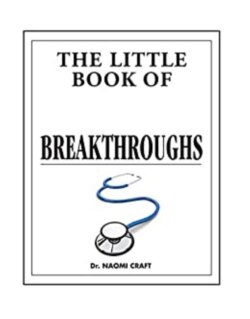Читать книгу The Little Book of Medical Breakthroughs - Dr. Naomi Craft - Страница 9
На сайте Литреса книга снята с продажи.
1220 BC Ancient Egypt Condoms
ОглавлениеIn the 21st century we have easy access to cheap, single-use polyurethane condoms.
Condoms have been around since Ancient Greek times, although not in their present form. The Greeks used linen ones which, although unreliable, were perhaps more appealing than the tortoiseshell ones that the Japanese favoured, or the leather, animal gut or fish bladder condoms used at different times around the world.
In the 1500s when writing about the prevention of syphilis, the Italian anatomist Gabrielle Fallopio (c. 1522–1562) recommended wearing his invention – a linen sheath over the glans, but under the foreskin, or inserted into the urethra. A more practical version described later by Italian practitioner Hercules Saxonia (1551–1607) involved a larger linen sheath, soaked in a chemical or herbal preparation, which covered the entire penis.
The name condom probably comes from Condus, the Latin for receptacle. There is also an alternative explanation, probably apocryphal, that in the 1600s the physician of English king Charles II (1630–1685) was called Dr Condom, or Quondam. Allegedly, the doctor made sheaths of oiled animal gut to protect the king from syphilis.
Condoms made from sheep’s intestine were more widely available in the 1700s. The gut was soaked, turned inside out, macerated in an alkaline solution, scraped, exposed to brimstone vapour, washed, blown up, dried, cut and given a ribbon tie. This labour-intensive process meant that the result was quite expensive, so they were often reused and only available to a limited proportion of the population.
In 1843 rubber vulcanization, invented by Charles Goodyear (1800–1860) and Thomas Hancock (1823–1871), made it possible to produce cheaper, more reliable condoms that were stretchier and easier to use. However, men were still encouraged to wash and reuse them.
The manufacture and supply of condoms changed radically in the 1930s with the development of liquid latex condoms, superseding rubber completely. Prices plummeted and mass production began. By the mid 1930s, the 15 largest makers in the United States were producing 1.5 million condoms a day.
Since then, new technology has improved the condom considerably. The Durex Avanti, launched in 1994, is made from a unique polyurethane material, DURON, which is twice as strong as latex, enabling a thinner, more sensitive film.
